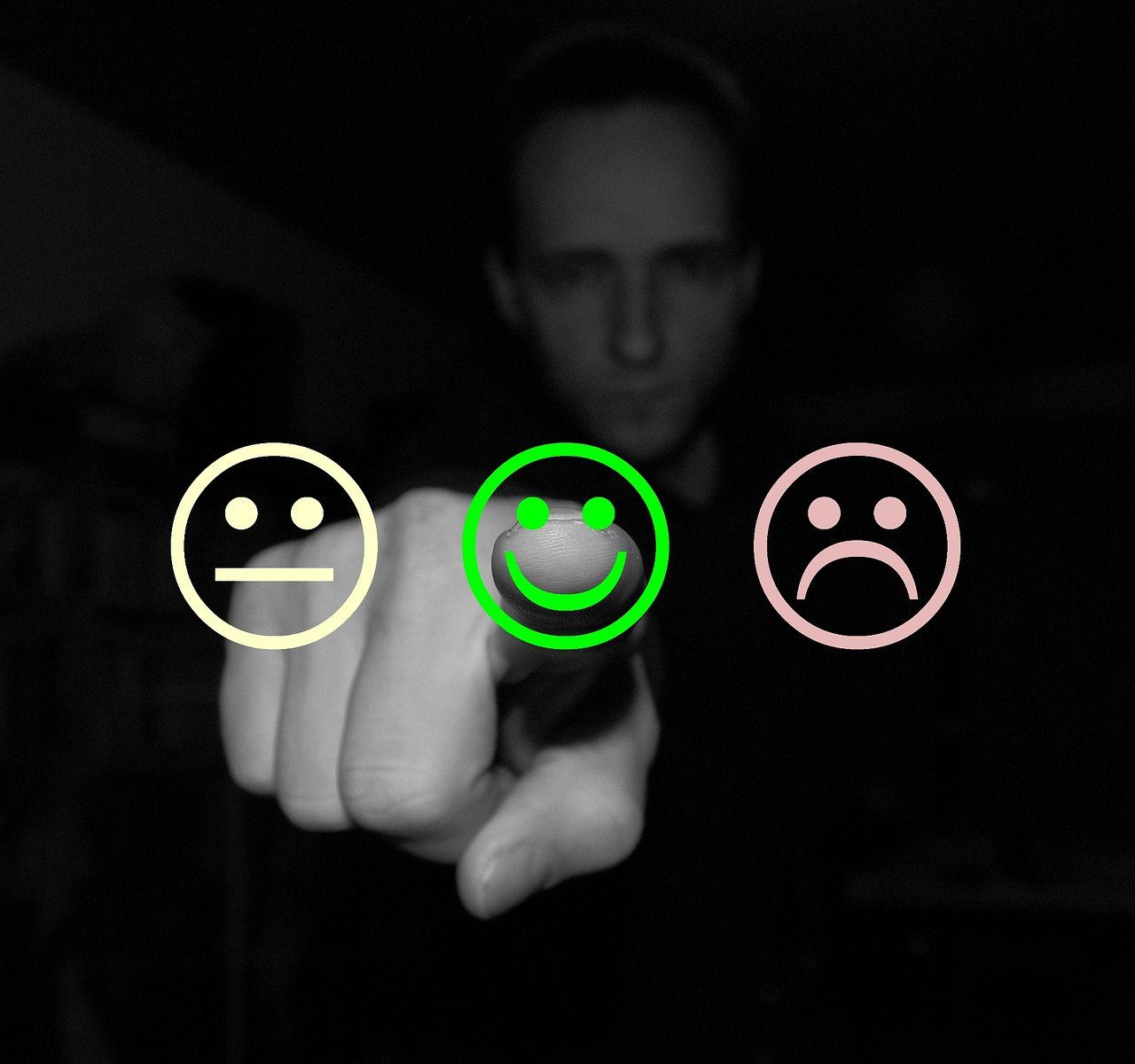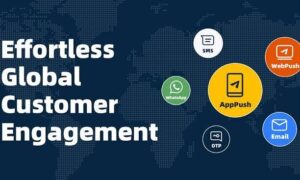The following is adapted from Getting to Aha!
Why do some companies fail while others succeed?
You could point to any number of things: product development, pricing, branding, customer service. But ultimately, whatever the specifics, it all comes back to one thing: insights, or how well you understand your customers and what they want.
Your success or failure as a brand will hinge on insights, so the ability to uncover and leverage customer insights is critical. But it’s not always easy to understand what an insight is or how you’re supposed to act on it.
One of the best ways to understand insights is to look at examples. By analyzing other companies’ successes and failures with insights, you can better understand the power of customer insights and learn what to do—and what not to do. So let’s take a look at insights in action—the good, the bad, and the ugly.

The Good: Actively Chasing and Using Insights—Starbucks
Customer insights are most powerful when two conditions are filled:
- You actively chase insights. You’re playing offense, not defense.
- You use the insights you uncover.
Starbucks is a great example of this kind of insight chasing. In 2007, Starbucks was the largest specialty coffee retailer in the world. And the company was in crisis.
Since going public in 1992, Starbucks had boomed, opening hundreds of new stores around the globe each year. The company’s valuation had skyrocketed along with its rapid expansion. But below the surface, all was not well.
Starbucks’s expansion had eroded its customer experience. In 2007, same-store sales were declining for the first time in the company’s history. Instead of waiting for circumstances to deteriorate further, then-chairman of the board Howard Schultz was proactive.
Schultz fired Jim Donald, the company’s CEO, and returned as CEO. Schultz’s goal was to reignite consumers’ emotional connection to the Starbucks brand. The insight that drove his subsequent decisions was that Starbucks customers sought out a particular kind of experience in its stores—one rooted not only in the coffee but also in interactions with baristas and with one another. Schultz understood that in order to protect Starbucks’s long-term viability, every store had to deliver the experience its customers were looking for.
Schultz then took action on this insight. In a daring and expensive move, Schultz closed more than 7,000 Starbucks stores for espresso training. Schultz also ordered that all stores replace any machinery that blocked baristas’ view of customers and redesign their interiors to accommodate customers’ longer stays in stores. In addition to these store-oriented innovations, Schultz brought the company’s largest missions to the fore, including sponsoring a multiday training in New Orleans shortly after Hurricane Katrina. There, thousands of Starbucks partners took to the streets to assist with cleanup efforts across the city.
Schultz’s efforts paid off. Within two years, Starbucks was back on track. After hitting a 52-week low of $14.95 in July 2008, Starbucks’s share price topped $57.00 in May 2018. This is what can happen when you properly leverage customer insights. By understanding a deep truth about their customers, Starbucks was able to make the changes needed to improve their customer experience.
The Bad: Having Insights…but Failing to Leverage Them—Kodak
The “bad” of customer insights is when a company uncovers a key insight but then fails to leverage it. This is a huge mistake—one that is often made because companies are too wrapped up in defending the status quo. Though they have an insight, instead of playing offense, they’re playing defense.
Consider Kodak. You may be surprised to hear that the digital camera was invented in 1975—by Eastman Kodak.
That year, 24-year-old Steve Sasson presented his new technology—the all-electronic camera that used no film, paper, or consumables—to Kodak executives. Sasson said he was sure digital cameras could compete in the consumer market against the 110- and 135-film cameras, particularly because digital technology could allow photographers to display images on their television sets. Sasson even suggested the images could one day be conveyed over telephone lines.
The executives pushed back hard on Sasson. For one thing, they wanted to protect Kodak’s existing revenue streams. At the time, Kodak profited at every step of the traditional photographic process, from the click of the camera’s shutter to the burst of a flashcube to the local photo shop or drug store that printed images on Kodak paper. For another thing, Kodak executives disagreed that digital formats would significantly disrupt the market.
Ultimately, Kodak secured the patent for Sasson’s technology, but they didn’t begin producing their own digital cameras. The patent alone still generated billions for Kodak, but it wasn’t enough to keep the company afloat. By the time Kodak finally entered the digital camera market, it was too late. Kodak filed for bankruptcy in January 2012.
Uncovering customer insights means little if you’re not going to actually use them. While it can be tempting to stick to the status quo, don’t ignore your insights. The sooner you act on them, the better.
The Ugly: Needing Insights…but Failing to Uncover Them—New Coke
The only thing worse than uncovering customer insights and not using them is not having insights at all, especially when you desperately need them. This is where things get ugly. Perhaps the most famous example of this is New Coke.
New Coke may be the best cautionary tale for brands skeptical about the value of insights. A fixture in the beverage industry for a century, by 1985, Coca-Cola was losing market share to a variety of non-cola and diet drinks. When market research indicated people preferred the sweeter taste of Pepsi, the Coca-Cola Company decided to revamp its flagship product, proclaiming the drink the “new taste of Coca-Cola.”
In taste tests, what came to be known as “New Coke” beat out both “Classic Coke” and Pepsi. The majority of participants said they were likely to consistently choose the newly formulated Coke over other options. But a vocal minority made clear that they were upset by the change and felt alienated from the brand.
Coca-Cola launched the new version in April 1985, backing it with advertising campaigns and live events throughout the country. At first, the product did well, particularly in the Northeast. Soon, however, a backlash began to take hold. Across the country, New Coke became the product people loved to hate. By July, the classic formulation was back in production.
The insight Coca-Cola missed was that its customers would resent having a much-loved and long-standing product taken from them. Coke drinkers didn’t like being asked to give up something they already liked, and they really didn’t like losing a choice they previously had.
Had Coca-Cola Classic remained in production, the snafu perhaps could have been avoided. But Coca-Cola’s senior management had rejected the option of introducing New Coke as an option rather than the central option, arguing that it would dilute the brand. They had failed to account for the power of habit and consumer attachment. They’d ignored these factors that many testers had vigorously pointed out.
Part of what makes this example so “ugly” is that Coca-Cola was so close to uncovering these insights. They’d been given the feedback they needed, but they discounted it and failed to push far enough to uncover the insights. Let this be a cautionary tale to remain curious and dig deep for important insights.
Insights and Competitive Advantage
Every brand utilizes consumer insights differently. But the brands that benefit most from insights are those that actively pursue them. They don’t stand by passively, waiting for potentially game-changing (or game-ending) insights to reveal themselves. Brands that are open to discovery and challenge put themselves in the best position to thrive, while those that fail to gather or use insights will struggle.
The more you prioritize insights, the more agile, dynamic, and competitive your company will become. So strive to be more like Starbucks and less like Kodak and New Coke.
For more advice on the importance of insights, you can find Getting to Aha! on Amazon.
In 1998, Darshan Mehta pioneered online focus groups and surveys and founded iResearch, an online insights platform that enables companies to quickly, easily, and affordably extract consumer and employee insights worldwide. He draws upon more than twenty years of marketing strategy experience to help business leaders understand and leverage changing consumer preferences. In addition to his role at iResearch, Mehta is an adjunct professor at universities in Thailand, Sweden, France, and the United States. Through his work, Mehta has traveled to more than eighty countries and been recognized in publications such as Forbes, Inc., the Journal of Advertising Research, Quirk’s, and IdeaMensch.com.


































